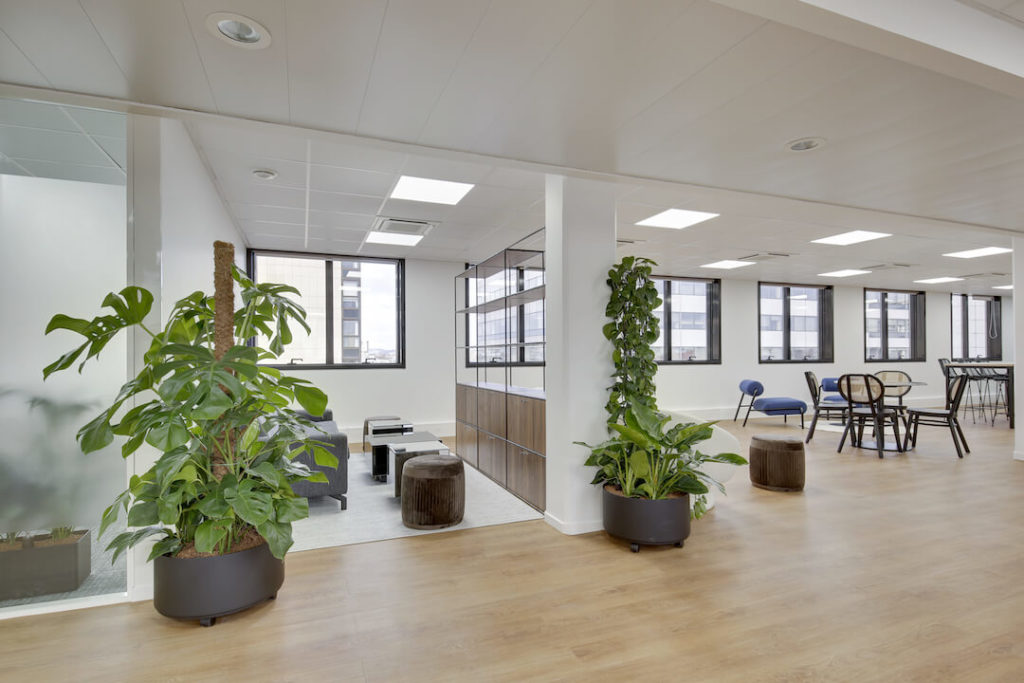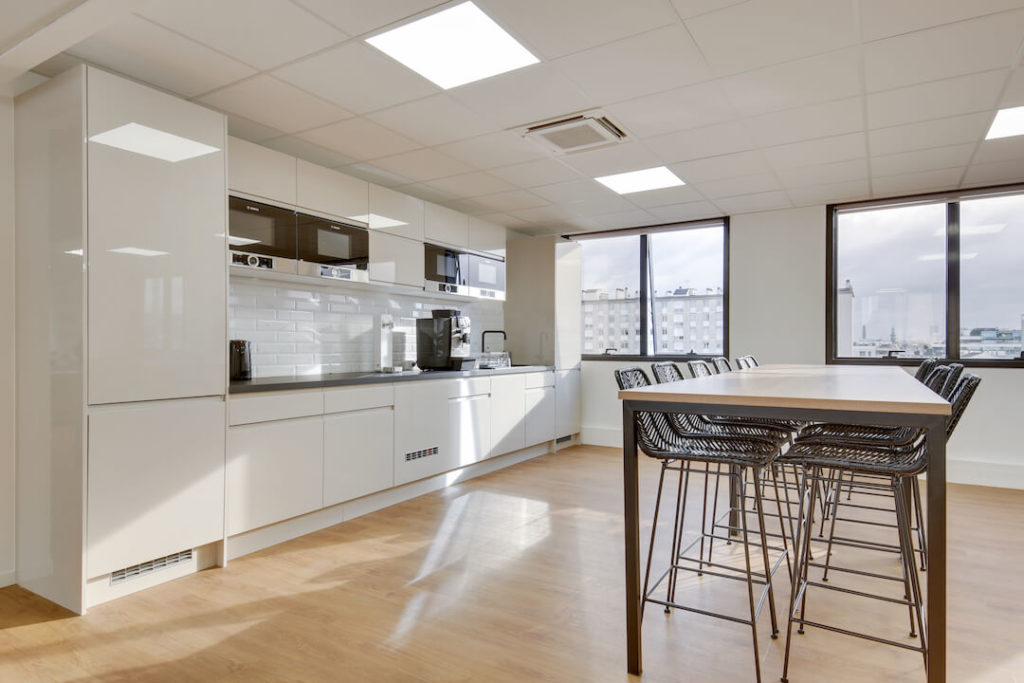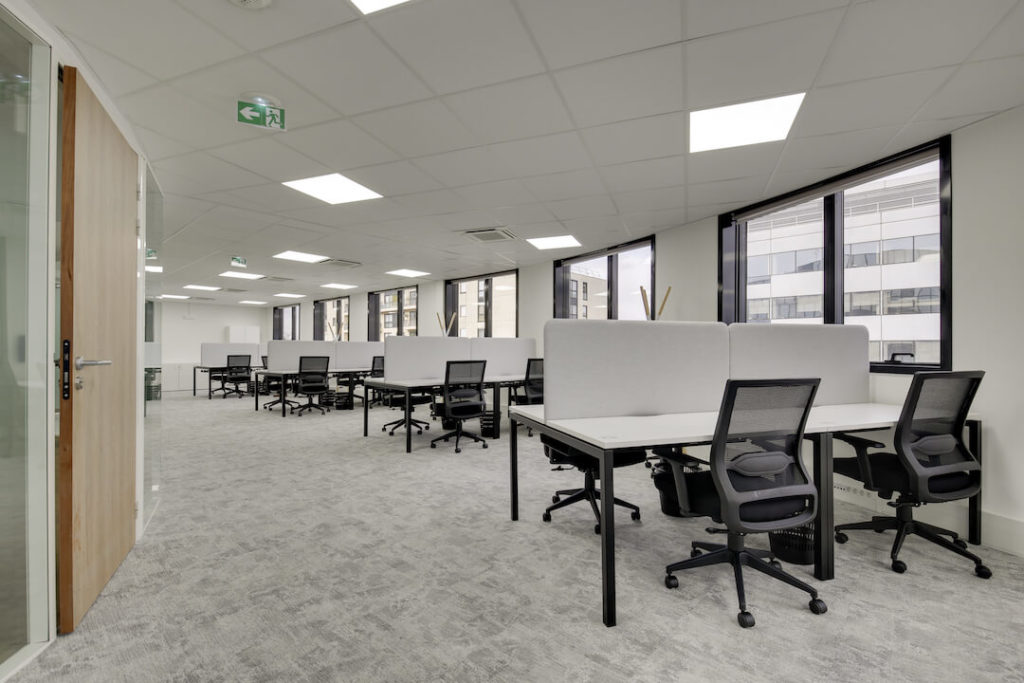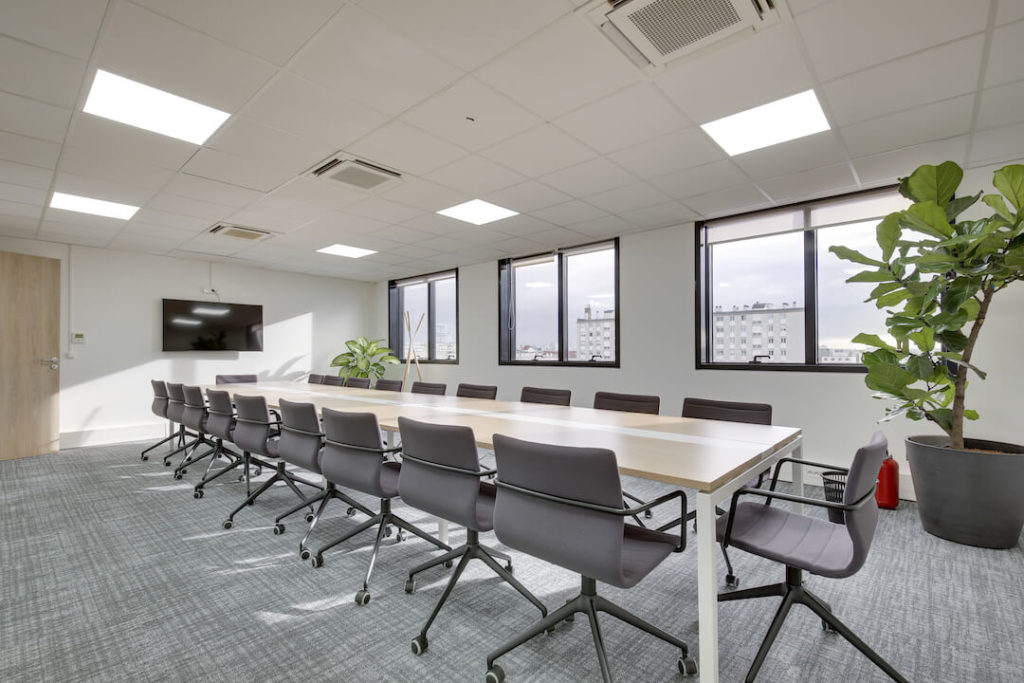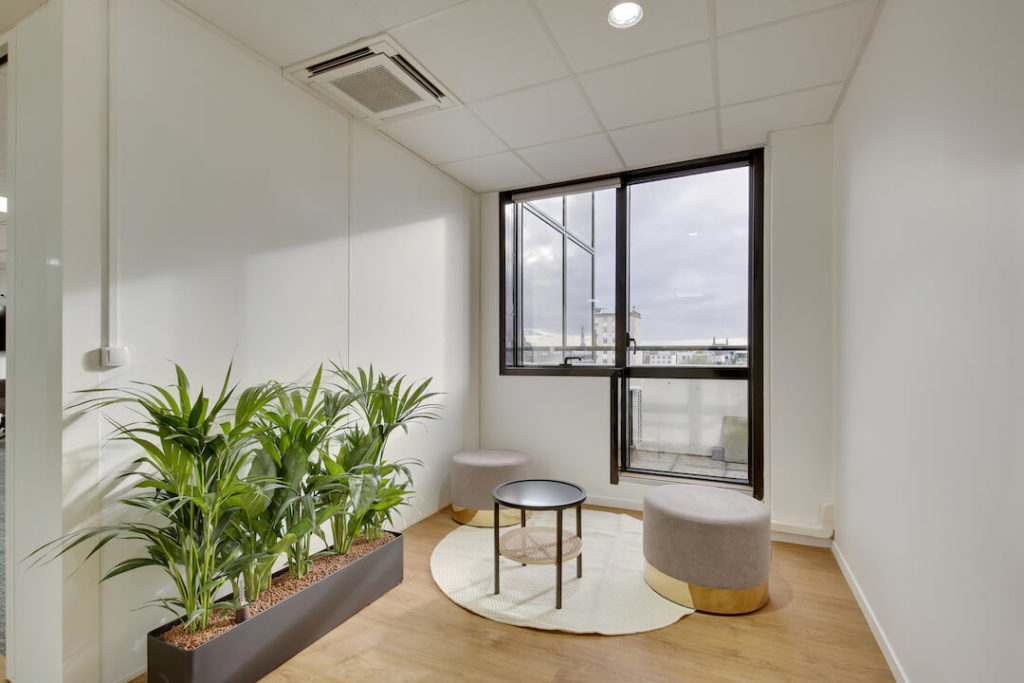Case Study: Advertising Agency in Paris
January 11, 2021
Due to the pandemic, many companies are looking to right-size their footprint to match reduced office space needs. As they go through this process, additional flexibility in lease term should/needs to be achieved to help accommodate the current uncertainties around when people will return to the office, and how many will return when that is possible.
OfficeNetwork recently assisted a global advertising agency facing this scenario in Paris. The agency was in a six-year direct lease for 10,000 square feet, which accommodated 100 desks. Their goal was to vacate and sublease this space early and reduce their footprint to accommodate 50 desks, while also moving into a shorter and more flexible term. Additionally, finding an office solution that would deliver a dynamic work environment, be built to spec (including full company branding), be delivered in plug-and-work condition, and have no capital expenditures outlay was required.
The office needed to be close to the agency’s key clients and near transportation hubs. It had to meet the agency’s main goal of reducing rent and total occupancy costs, while providing a shorter-term commitment that could allow for scalability.
OfficeNetwork worked with the agency to find the right flexible office solution – one provided by a professional partner who could deliver what they committed to on time and within budget. The solution with the right flexible office provider and a strong record of delivering enterprise office solutions, met the company's needs. The agency was able to relocate to a location within three miles of its most important accounts, occupying a full 8,500-square-foot floor, with room for 50-70+ desks and additional support space. The space was delivered built-to-spec, 100% branded, and in turn-key condition with no capital expenditures. Total occupancy costs were reduced by 30% and the lease is a shorter 18-month term with options to renew.
